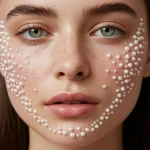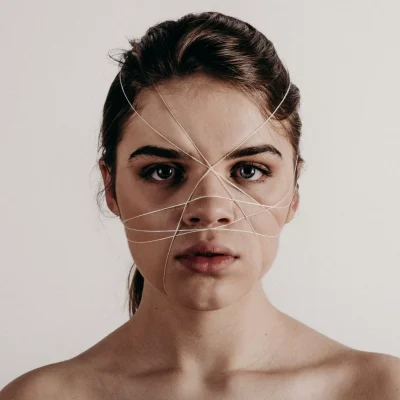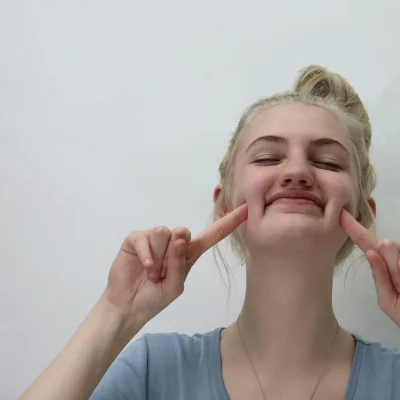“I look so tired… older somehow.”
“That’s it — time to fix those smile lines!”
If you’ve ever whispered these thoughts to your reflection, you’re not alone. The gentle valleys curving from the sides of our nose to the corners of our lips — lovingly called nasolabial folds — have long been seen as one of the most telling signs of time etched upon our skin. Yet, what few realize is that these creases can appear even in youth, whispering stories of stress, posture, or tension before age ever plays its part.
And while many rush toward fillers as a quick fix, the truth is far more nuanced — and far more hopeful.
Let’s unravel the mystery of these expressive lines together and explore what truly brings lasting grace back to your features.
1. Tension-Folded Nasolabial Lines: When Muscles Speak Louder Than Time

There’s a quiet kind of fatigue our face holds when muscles beneath the surface are perpetually tense. Often beginning in our twenties or thirties, muscle hypertonicity — the invisible tightening of facial muscles — starts to sculpt the skin above into softened ridges and creases.
Imagine the tiny muscles around your nose and mouth — like the levator labii and the zygomatic pairs — subtly contracting throughout the day, whether from frequent expressions, clenched jaws, or even peering into sunlight without proper eyewear. Over time, this unseen choreography draws the skin inward, compressing the fat pads beneath and slowly carving out visible lines.
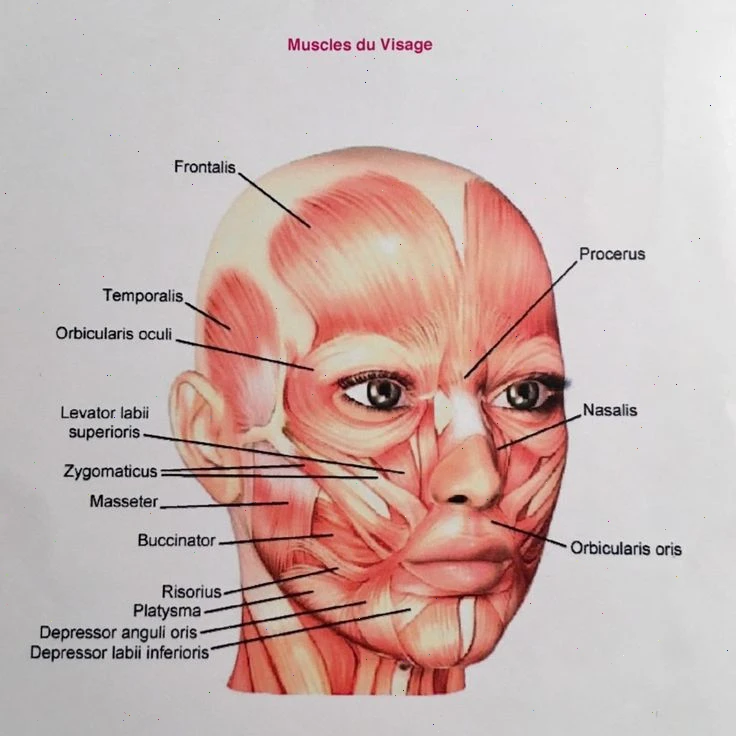
Even your neck — particularly the thin, sheet-like platysma muscle — can contribute. When we spend hours hunched over screens or smartphones, that downward gaze strains the neck, tugging the lower face earthward. It’s no wonder our expressions begin to echo that gravity.
What Helps:
Start with conscious release. Wear polarized sunglasses religiously. Add facial relaxation cues throughout your day — gentle reminders to unclench your jaw, soften your brows, and breathe deeper. Correct posture with exercises that lift your chest and strengthen your back. And when deeper release is needed, explore facial massage therapies that lovingly ease muscle tension from within.
2. Puffy or Fat-Padded Folds: The Weight of Water and Time
The skin near your nasolabial folds houses generous layers of fat — soft and tender, yet prone to retaining fluid. When lymphatic drainage slows (especially with poor diet or stress), the result is puffiness: little pillow-like bulges that shadow the fold and make it appear deeper than it is.
Weight fluctuations can further complicate things. With weight gain, these fat compartments expand; with rapid loss, they deflate — leaving the skin unsupported, like a dress that’s suddenly too large for its frame.
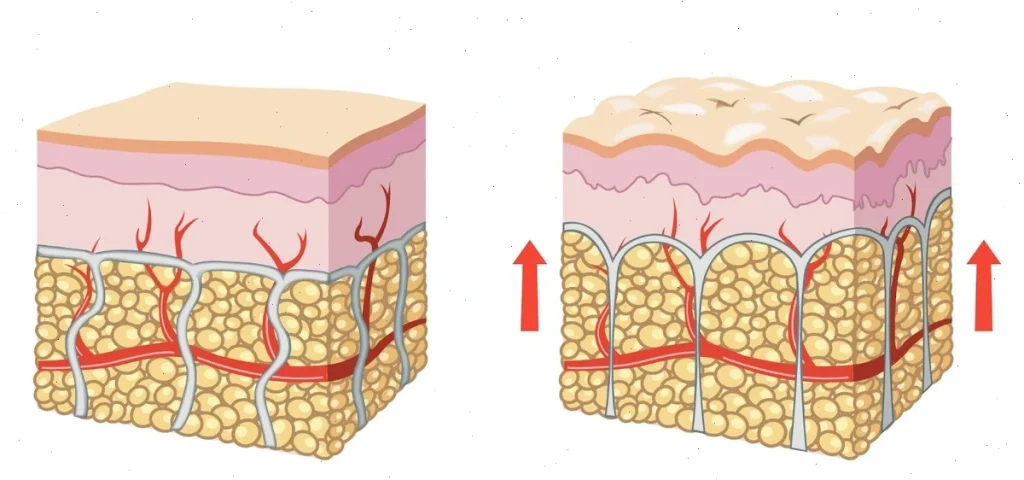
What Helps:
Reduce sodium and inflammatory foods. Shift toward mindful, stable eating — gentle weight management without harsh restriction. Daily facial massage, especially around the cheekbones and jawline, is transformative. Guasha, rollers, or your fingertips — used with love and upward intention — work wonders.
One essential truth: avoid fillers in this area. Even hyaluronic-based injectables can exacerbate puffiness due to their water-attracting nature, while denser options often block lymph flow entirely.
3. Dental-Related Folds: The Smile That’s Lost Its Support
Rarely discussed, but oh-so-relevant — your smile lines may actually begin in your bite.
Tooth grinding (bruxism), worn molars, or a misaligned jaw can all lead to premature facial sagging. When our bite collapses, the lower face shortens and the skin folds in on itself — especially around the mouth.
What Helps:
See your dentist or orthodontist for a facial symmetry assessment. Corrective work — from splints to subtle dental enhancements — can restore lost support and soften those once-deep creases.
4. Age-Driven Folds: The Skin’s Slow, Graceful Surrender

As we age, the orchestra of collagen, elastin, and hyaluronic acid quiets. Our skin — once taut and buoyant — becomes drier, thinner, more vulnerable to gravity’s embrace. Photodamage, too, plays its part: UVA rays slip silently into the dermis, dismantling support structures and dimming our glow.
Over time, the nasolabial folds deepen, not from failure — but from life lived fully and beautifully.
What Helps:
Shield your skin daily with a broad-spectrum sunscreen (look for UVA, PA, or PPD markers — not just SPF). Feed your fibroblasts with nutrient-rich foods: protein, vitamin C, B-complex, and antioxidants. Embrace gentle facial massage to renew blood flow and cellular vitality.
And indulge in cutting-edge serums: peptides like Copper Tripeptide or EGF awaken your skin’s natural regenerative power. At our studio, we use Korean nano-serums and the “Airbrush” barophoresis device to deliver deep rejuvenation — no needles, just pure radiance.
A Final Whisper:
Your face tells the story of your essence — every laugh, every moment of awe, every quiet sigh. Nasolabial folds are not flaws to erase but signs of life to honor. Still, if you long to soften them, do so not with haste, but with grace. Tune into your body, your rhythms, your breath. Trust in rituals over rushes.
And if you’ve danced this dance with smile lines before — tell me: what has worked for you?
Let’s continue this conversation, woman to woman. 💫


